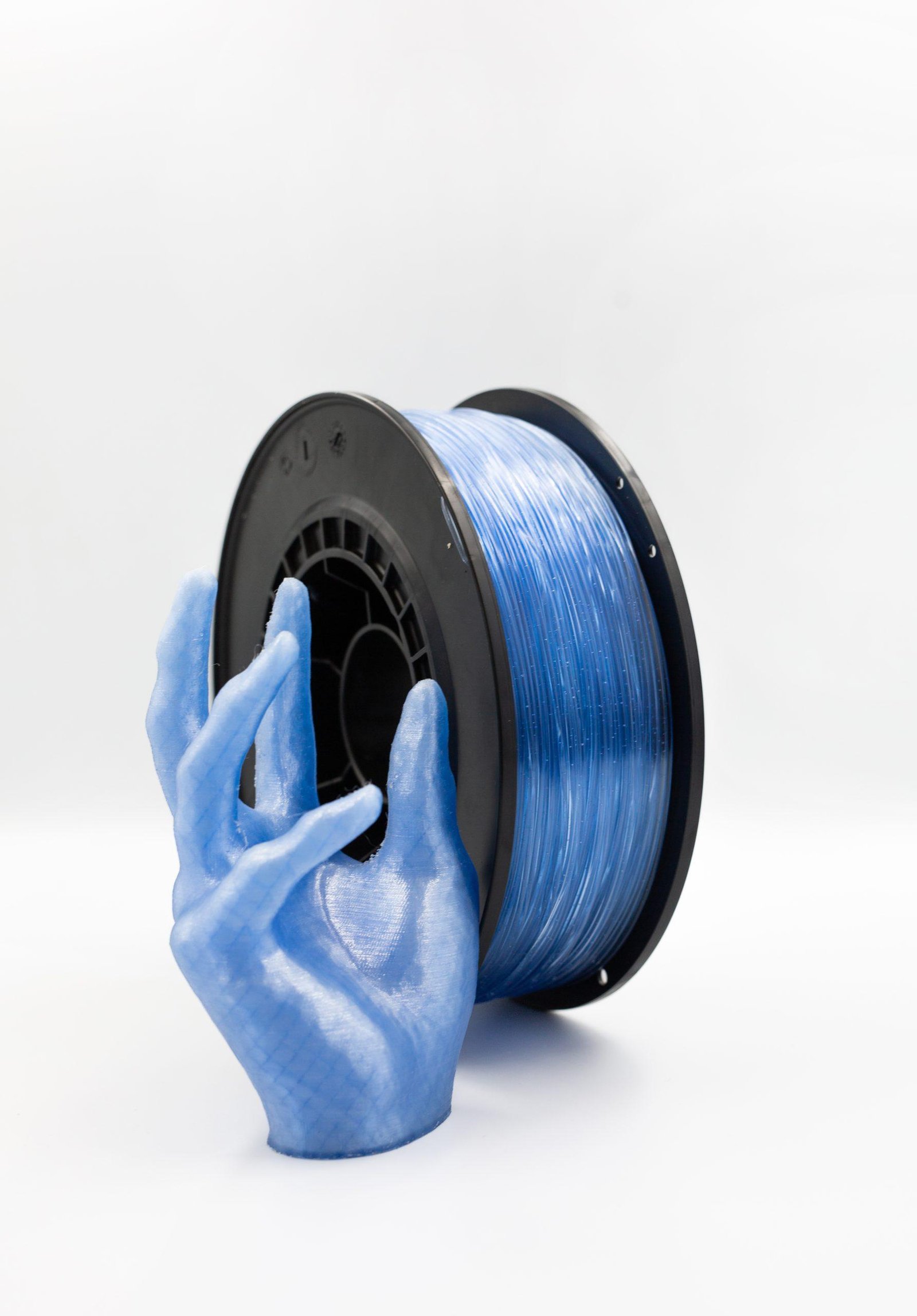When it comes to material durability and aesthetics, few things matter more than color retention, especially for makers and manufacturers using 3D filaments. Imagine investing hours into a vibrant 3D print, only to see it fade and dull after a few weeks outdoors. This is the silent battle against ultraviolet light, and understanding UV exposure PLA and the impact of 3D Filament UV exposure is crucial for anyone serious about long-lasting, high-quality prints.
Why Color-Fade Matters in Modern Materials
Color-fade is more than a cosmetic issue. For engineers, artists, architects, and hobbyists alike, the colors in 3D printed objects represent not just design choices but also brand integrity and material quality. As 3D printing expands into applications ranging from architectural models to outdoor signage and garden décor, resistance to 3D Filament UV exposure is fast becoming a standard performance metric. When it comes to UV exposure PLA, the stakes are even higher because PLA is one of the most popular and accessible 3D printing materials worldwide.
Understanding UV Exposure and Its Effects on Color
So, what exactly is UV exposure? Ultraviolet (UV) light, a component of sunlight, carries enough energy to break down chemical bonds in dyes, pigments, and polymers. This breakdown leads to color-fade, yellowing, and even structural weakening of the printed object. Products exposed to direct sunlight, such as garden gnomes, outdoor fixtures, automotive parts, or even fashion accessories, are all at risk. PLA, while celebrated for its eco-friendliness and ease of use, is known to be sensitive to UV exposure PLA scenarios, raising concerns about its long-term outdoor stability.
The 1,000-Hour UV Test: Methodology Explained
But how do we measure the true endurance of color in 3D printed objects? Enter the 1,000-hour UV exposure test. This industry-standard method accelerates the weathering process by subjecting test samples to controlled UV light in a specialized chamber. For 3D Filament UV exposure, this test simulates months or even years of outdoor conditions in just over a month and a half. During the test, materials are exposed to intense UV rays, sometimes with cycles of humidity and temperature variations, mimicking real-life scenarios as closely as possible. The “1,000 hours” is not arbitrary; it is widely considered a benchmark in assessing whether materials, especially those made with PLA, can withstand UV exposure PLA in practical, everyday settings.
Materials and Samples Tested
The focus of these tests often includes a wide variety of 3D filaments, including standard PLA, specialty UV-resistant PLA blends, ABS, PETG, and even flexible filaments. Each sample is printed in standardized forms, ensuring that comparisons are fair and consistent. For users of 3D Filament UV exposure data, the results help decide which materials are suitable for sun-soaked projects versus those best kept indoors. For instance, the inclusion of UV inhibitors or colorfast pigments can significantly boost the resistance of PLA to UV exposure PLA, giving consumers more options for robust, vibrant prints.
Measuring Color-Fade: Techniques & Metrics
How is color-fade actually measured? The gold standard is the Delta E (ΔE) metric, which quantifies color change by comparing samples before and after exposure. Spectrophotometers, high-resolution cameras, and even visual inspections under standardized lighting are used to track fading, yellowing, and overall vibrancy loss. For a material to claim true resistance to 3D Filament UV exposure, it must exhibit minimal Delta E shifts even after 1,000 hours of exposure. In many reports, photographs and charts visually demonstrate the toll that UV exposure PLA can take on colors, making the data accessible and actionable.
Key Findings from the 1,000-Hour UV Exposure Test
Results from the 1,000-hour tests are revealing. Standard PLA often shows significant fading and sometimes even brittleness after prolonged UV exposure PLA. However, UV-stabilized or specialty filaments fare much better, retaining color vibrancy and structural integrity even after intense 3D Filament UV exposure. These findings are invaluable for anyone planning to use 3D printed parts outdoors or in sunlit interiors. Notably, some newer formulations of PLA with added UV blockers have shown impressive results, making it possible to achieve both eco-friendliness and durability.
Factors That Influence Color-Fade
Multiple factors influence how materials respond to UV exposure PLA and broader 3D Filament UV exposure tests. Pigment and dye quality play a central role because higher quality, UV-resistant pigments last longer. Additives such as UV stabilizers and protective coatings can further increase longevity. The thickness of the printed wall, printing temperature, and even the orientation of the print can all subtly affect outcomes. Environmental variables like humidity, temperature swings, and pollution also compound the effects of UV light, making comprehensive testing a must.
Best Practices for Maximizing Color Longevity
To ensure your 3D prints maintain their vibrancy and strength, start with materials specifically formulated to resist 3D Filament UV exposure. Whenever possible, choose PLA blends that are labeled as UV-resistant. Consider using clear coatings or sprays designed for UV protection, especially for parts intended for long-term outdoor use. Regular maintenance, thoughtful placement such as shade or partial cover, and even printing thicker walls can all help mitigate the impacts of UV exposure PLA.
Conclusion: What 1,000 Hours of UV Exposure Teaches Us
The story told by the 1,000-hour UV exposure test is one of preparation and smart material choice. For 3D printing enthusiasts and professionals alike, understanding how UV exposure PLA and 3D Filament UV exposure affect the finished product is key to long-lasting, beautiful prints. By choosing the right materials and taking proactive measures, it is possible to create 3D prints that do not just look great out of the printer but stand the test of time, come rain, shine, or relentless UV rays.

